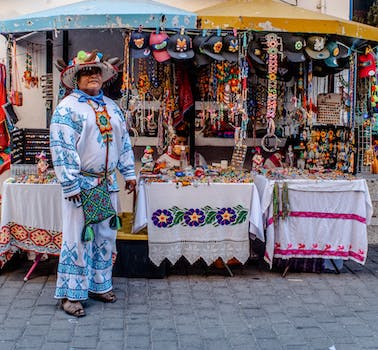As consumers become more mindful of their environmental impact, secondhand shopping is becoming an increasingly popular way to reduce waste and support sustainable practices. Secondhand shopping involves purchasing goods that have already been used, rather than buying new items. This can include clothing, furniture, books, and other household items. By choosing to shop secondhand, consumers can reduce their carbon footprint and support a circular economy.
The Science Behind Secondhand Shopping
When we purchase new items, we are contributing to the demand for new resources and the production of greenhouse gases. The production of textiles, for example, requires large amounts of water and energy, and can contribute to pollution and waste. By choosing to shop secondhand, we are reducing the demand for new goods and the associated environmental impact.
Secondhand shopping also supports the concept of a circular economy, where resources are kept in use for as long as possible. This reduces the need for new resources and waste, and encourages the reuse and recycling of existing materials. By supporting secondhand shops and thrift stores, we can contribute to a more sustainable future.
Sustainable Handmade Souvenirs and Ethical Gift Shopping
Secondhand shopping is not just a way to reduce waste and support sustainability, it can also be a great way to find unique and meaningful gifts. Sustainable handmade souvenirs, for example, are a great way to support local artisans and reduce the environmental impact of souvenir shopping. When we purchase handmade items, we are supporting the creation of unique and high-quality goods, rather than contributing to the mass production of low-quality items.
Ethical gift shopping is also a great way to support sustainable practices. By choosing gifts that are ethically made and sustainably sourced, we are supporting companies and artisans that prioritize environmental and social responsibility. This can include items made from recycled materials, or gifts that support local communities and fair trade practices.
Conclusion
Secondhand shopping is a sustainable and ethical way to shop, and can have a significant impact on reducing waste and supporting a circular economy. By choosing to shop secondhand, we can reduce our carbon footprint and support local communities and artisans. Sustainable handmade souvenirs and ethical gift shopping are also great ways to support sustainability while finding unique and meaningful gifts. Let’s all do our part to support a more sustainable future by choosing to shop secondhand.





